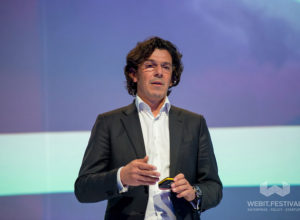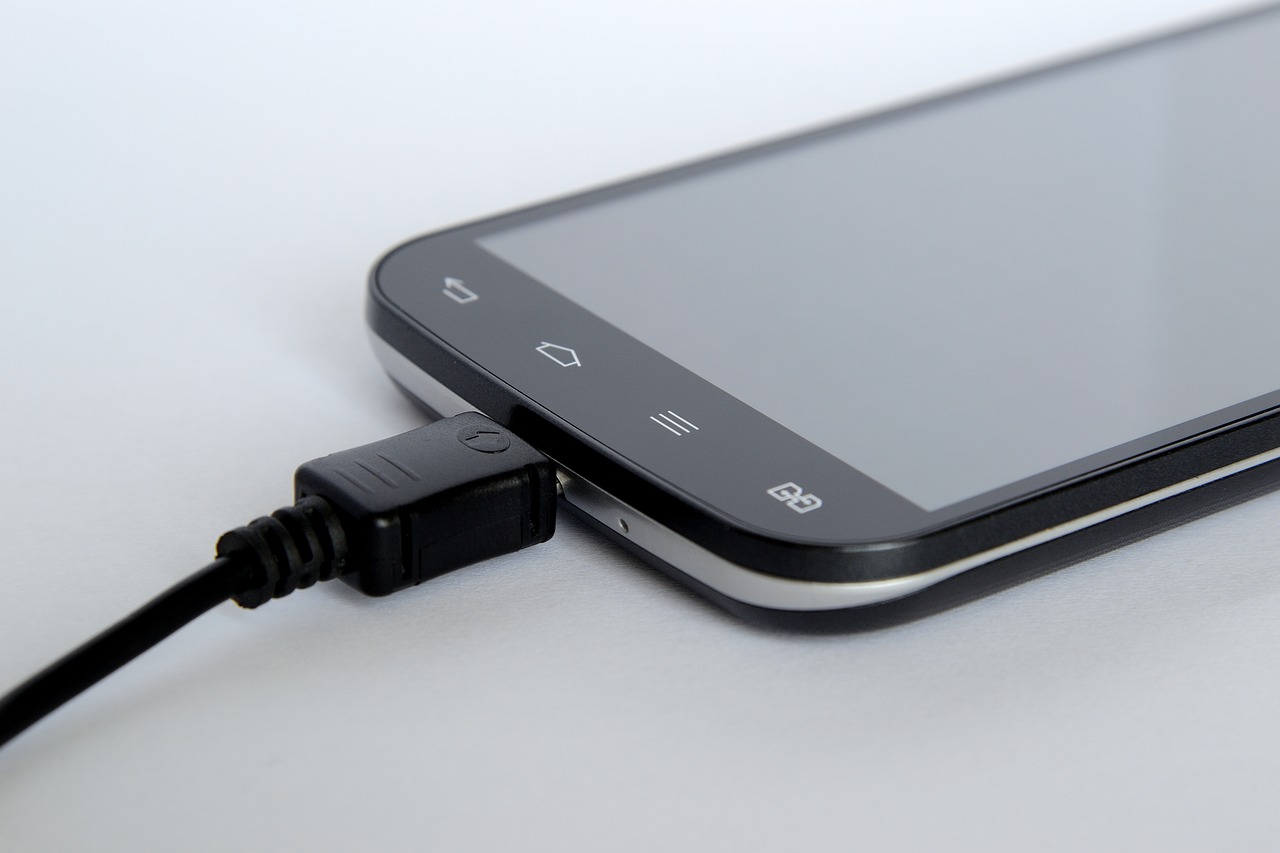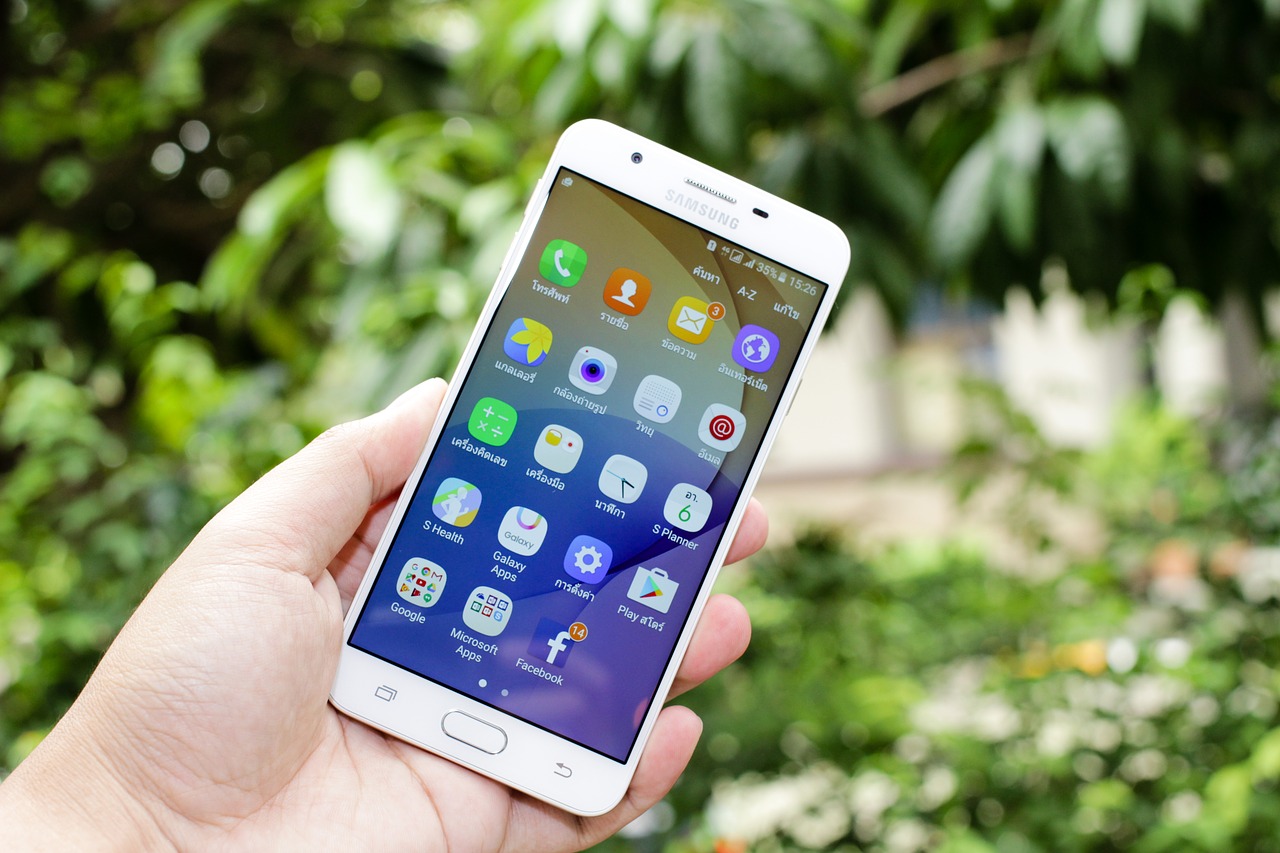Tag: intel
$200 million fund to back space tech startups, former model creates...
In line with the most interesting news from the day, we'll share with you the stories that matter in the business and technology.
Webit.Festival speaker Francois Chopard and his venture fund called Starburst Ventures has raised a $200 million debut fund to invest in early stage aerospace startups over the next three years. The fund is an extension of the Starburst Accelerator, which was founded in 2012 to help aviation and aerospace tech startups raise seed funding, and score their first big deal with a corporate customer, typically representing $1 million or more in revenue. Read more about it here.
Meanwhile, one of the few remaining alternative mobile OS platforms, Jolla’s Sailfish OS, made a deal with the Russian government. Today the Finnish company which develops and maintains the core code, with the aim of licensing it to others, announced Sailfish has achieved domestic certification in Russia for government and corporate use. More about the alternative of Android, here.
 One in five people have suffered from depression, one in two will suffer some other mental disturbance in their lifetimes. If you haven’t been through a mental health issue, you will likely know someone who has. After encountering it in amongst those closest to her, former international model Silja Litvin decided to do something about it, launching a special app. Learn more about it here.
A new joint venture between major carmakers will attempt to make it easier to get around Europe using electric cars, thanks to a network of chargers with up to 350 kW charging capacity, which could drastically reduce overall charging times compared to what’s available today. The team-up includes BMW, Daimler, Ford and Volkswagen, and plans for roll-out of the fast-charging stations call for installations to start in 2017. Read about it here.
One in five people have suffered from depression, one in two will suffer some other mental disturbance in their lifetimes. If you haven’t been through a mental health issue, you will likely know someone who has. After encountering it in amongst those closest to her, former international model Silja Litvin decided to do something about it, launching a special app. Learn more about it here.
A new joint venture between major carmakers will attempt to make it easier to get around Europe using electric cars, thanks to a network of chargers with up to 350 kW charging capacity, which could drastically reduce overall charging times compared to what’s available today. The team-up includes BMW, Daimler, Ford and Volkswagen, and plans for roll-out of the fast-charging stations call for installations to start in 2017. Read about it here.
 Mobileye and Delphi announced a partnership to build an affordable self-driving car platform it could sell to automakers starting in 2019 earlier this year, and now Intel is joining the two automative suppliers to provide the chips used in their autonomous system.
Mobileye and Delphi announced a partnership to build an affordable self-driving car platform it could sell to automakers starting in 2019 earlier this year, and now Intel is joining the two automative suppliers to provide the chips used in their autonomous system.
 One in five people have suffered from depression, one in two will suffer some other mental disturbance in their lifetimes. If you haven’t been through a mental health issue, you will likely know someone who has. After encountering it in amongst those closest to her, former international model Silja Litvin decided to do something about it, launching a special app. Learn more about it here.
A new joint venture between major carmakers will attempt to make it easier to get around Europe using electric cars, thanks to a network of chargers with up to 350 kW charging capacity, which could drastically reduce overall charging times compared to what’s available today. The team-up includes BMW, Daimler, Ford and Volkswagen, and plans for roll-out of the fast-charging stations call for installations to start in 2017. Read about it here.
One in five people have suffered from depression, one in two will suffer some other mental disturbance in their lifetimes. If you haven’t been through a mental health issue, you will likely know someone who has. After encountering it in amongst those closest to her, former international model Silja Litvin decided to do something about it, launching a special app. Learn more about it here.
A new joint venture between major carmakers will attempt to make it easier to get around Europe using electric cars, thanks to a network of chargers with up to 350 kW charging capacity, which could drastically reduce overall charging times compared to what’s available today. The team-up includes BMW, Daimler, Ford and Volkswagen, and plans for roll-out of the fast-charging stations call for installations to start in 2017. Read about it here.
 Mobileye and Delphi announced a partnership to build an affordable self-driving car platform it could sell to automakers starting in 2019 earlier this year, and now Intel is joining the two automative suppliers to provide the chips used in their autonomous system.
Mobileye and Delphi announced a partnership to build an affordable self-driving car platform it could sell to automakers starting in 2019 earlier this year, and now Intel is joining the two automative suppliers to provide the chips used in their autonomous system. Marcin Hejka: In 10 years devices will operate without a charging
"Intel is not just the largest semiconductor companies in the world, but is also one of the largest technology investors globally", said at CEE Digital Summit by Webit Marcin Hejka, VP & MD EEMEA, Intel Capital.Looking back at how technology evolved to get to the point of IoT, we see that it all started in the 60s with mainframes. It then moved over to client-server architecture, went through web, cloud technology and got to the Internet of Things we are looking at now. The number of connected devices has also increased through the years, starting from several millions mainframes and reaching around 40 billion devices in the next few years. One of the biggest adopters of IoT in the next years, is the energy sector. The number of points where energy is being created is growing significantly. Gathering the right data, processing it and giving it back can enable energy providers to become more and more efficient, eventually getting to a point where we have zero or even negative cost of electricity. The other big area is, of course IT. The introduction of 4G, 5G is also related with millions of new devices and the topology of networks becomes more and more complicated, which can raise a lot of new problems. This can easily be solved with the introduction of self-organized networks, able to solve the problems themselves. We are also seeing devices that can operate up to 10 years without a charging. We are talking about sensors that can be embedded into roads and operate for a decade without charging. The key component of the IoT is the server part, or the cloud. The sensors and devices are becoming cheaper and, as a result, more popular. All the sensors do is gather data constantly. One passenger plane can collect a terabyte of data for the duration of a single flight. However, there is not enough intelligence on the client side to process that. This leads to an immense growth in the cloud sector. Eventually, all the data is ending in the cloud, being processed by big data software. There are already systems which are specialized in analyzing huge databases of unstructured data and extracting intelligence. This intelligence can then be translated directly into useful actions by enterprises. Going forward, IoT will lead us to having intelligence everywhere around us. The systems will be adjusted to us. We are going in the direction of driverless cars, and even beyond that. Actually in many places the limitations are not technological, but legal. For example, in many countries it is illegal to drive a driverless car on public roads. However, you can tell your car to get out of the garage and get in front of your door to make it easier for you to leave your house. Intel has been very active in this space. On top of investment the company is also supplying some devices and technologies that can be used in the sector. These technologies include the super small mother board that can enable the smallest of devices. The company has also introduced a computer platform the size of a button, that can be used in various devices. Intel also produces health trackers, smart watches. Intel has been investing in roughly 100 tech companies every year. Their areas of focus have been changing over time and now consists mainly of datacenter technologies and software, as well as internet, media and education technology. If you've missed to hear Marcin Hejka at CEE Digital Summit by Webit this spring, please watch the video archive of the event in the official Webit YouTube Channel.
Stylianos Mamagkakis: Forty percent of the people use Samsung devices, but...
Forty percent of the people use Samsung devices, but a hundred percent of the people have some Samsung parts in their device – screen, battery, conductors, etc. Samsung Semiconductors is the second biggest company in the field of components in the world, after Intel, with memory being its biggest product. It is these components that help enable smart devices like phones, cars, etc.
"The three main components that have to be accounted for are computation, storage and displays and each of them has different strong and weak sides, different trade-offs that have to be made. The main goal of the company is to find the right balance between these and make some big decisions based on that", shared at CEE Digital Summit by Webit Stylianos Mamagkakis - Manager Strategic BD, Samsung Semiconductor Europe.Starting with wearables, their main components are a connectivity component, display, computation processor and a security component. All of these need to be very light, small, powerful and efficient. The processors used in smart watches are bio processors, which are very small and can be embedded in the smallest of things, like necklaces for example. Depending on what end-user scenarios we have there are many different ways the manufacturer can go. For example, when it comes to watches, appearance and fashion are the leading forces when it comes to design. the devices also needs to be thin, yet reliable and secure. These needs raise some question when we think about storing data – on one hand we can store the data in a data center, which means that the device needs to stay connected. On the other hand the data can be stored on the device, but in that case the consumer might decide not to share it with anyone, making it harder for manufactures to monitor the devices they sell. Another area where smart technology is needed are connected cars. The car can be looked as a device that collects and displays data in the same time. The backstage of all enabled devices is the cloud. Depending on the scenario we choose, we might want to store and process all our data on the cloud, where we have more security and more processing power. In data centers, as well as devices you have different components that play leading roles, like processor and memory. Having faster CPUs and hard-drive might cost more but will provide a better customer experience. As usual, we need to find the correct balance when we talk about storing and processing data in the cloud. In the recent years, solid state drives have proven to be a much better choice for storing data. New technologies are coming in, like VNAND, that will make storing data even faster and more power-efficient. It is not just important for manufacturers to understand how components work – it is also important that designers understand the limitations and work around them, trying to provide the best user experience with the resources provided. understanding all the trade-offs in respect of size, speed and power-consumption will let companies to make the right choices when it comes to providing the best user experiences. If you'd like to hear the whole speech of Stylianos Mamagkakis - Manager Strategic BD, Samsung Semiconductor Europe, please click HERE.


